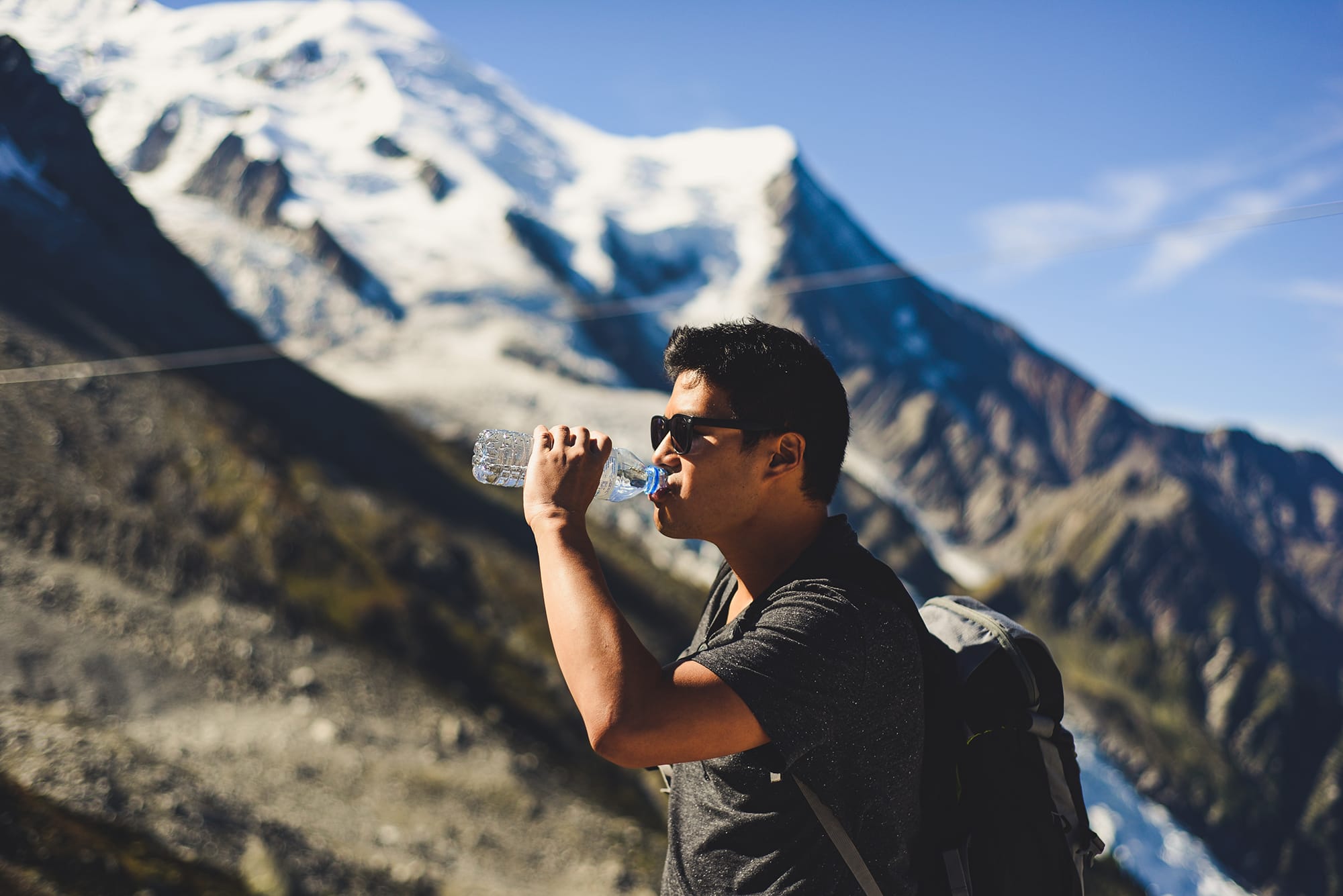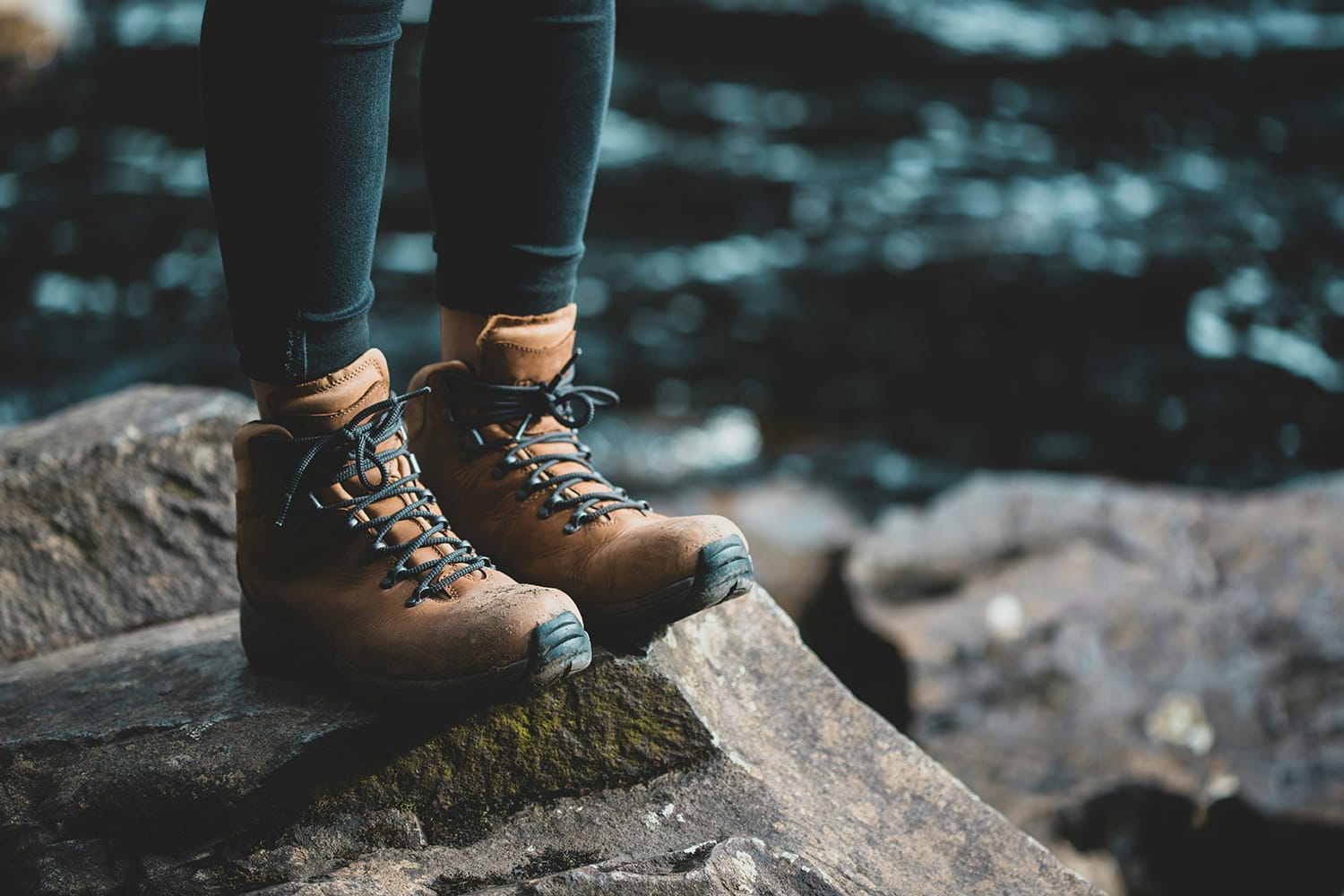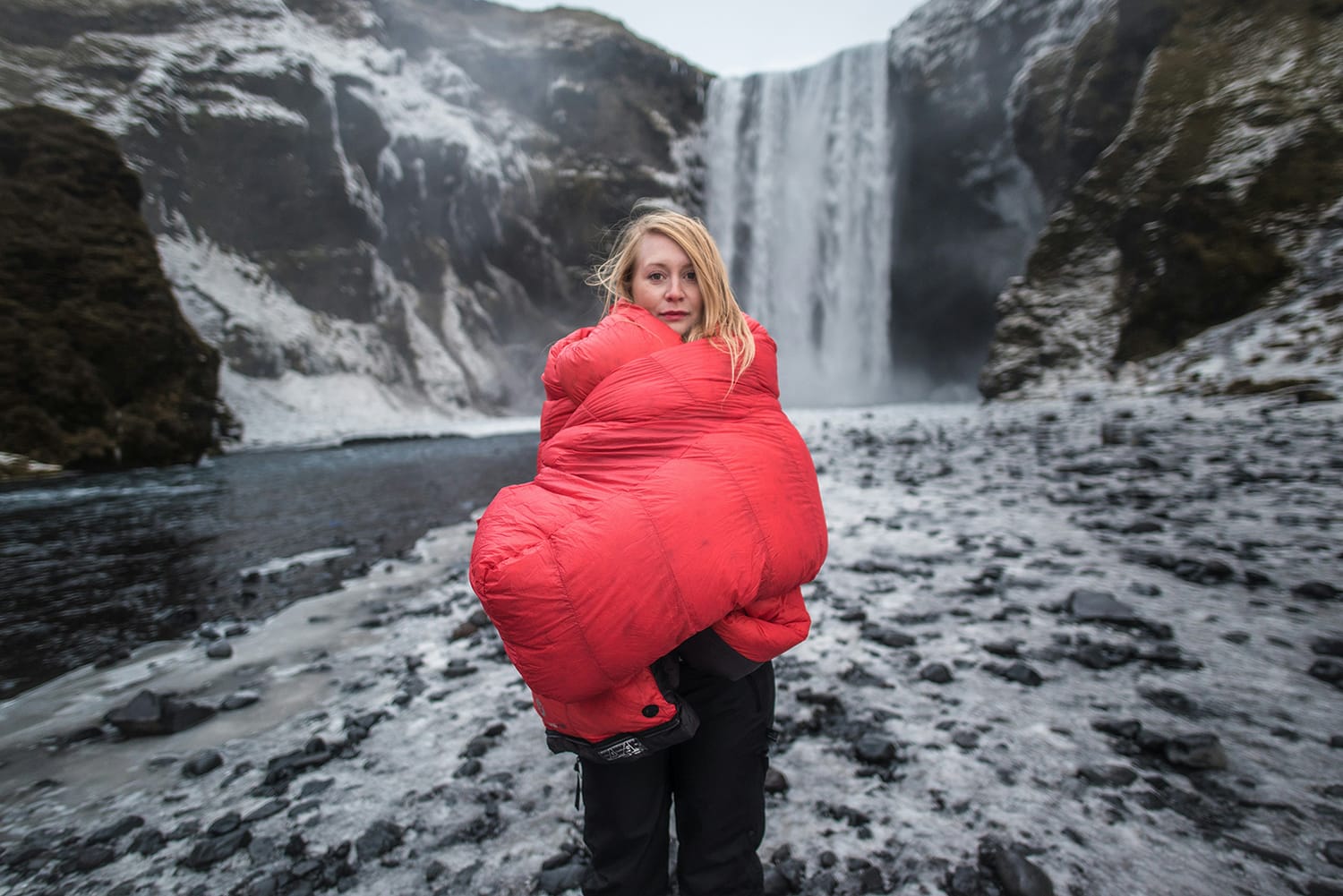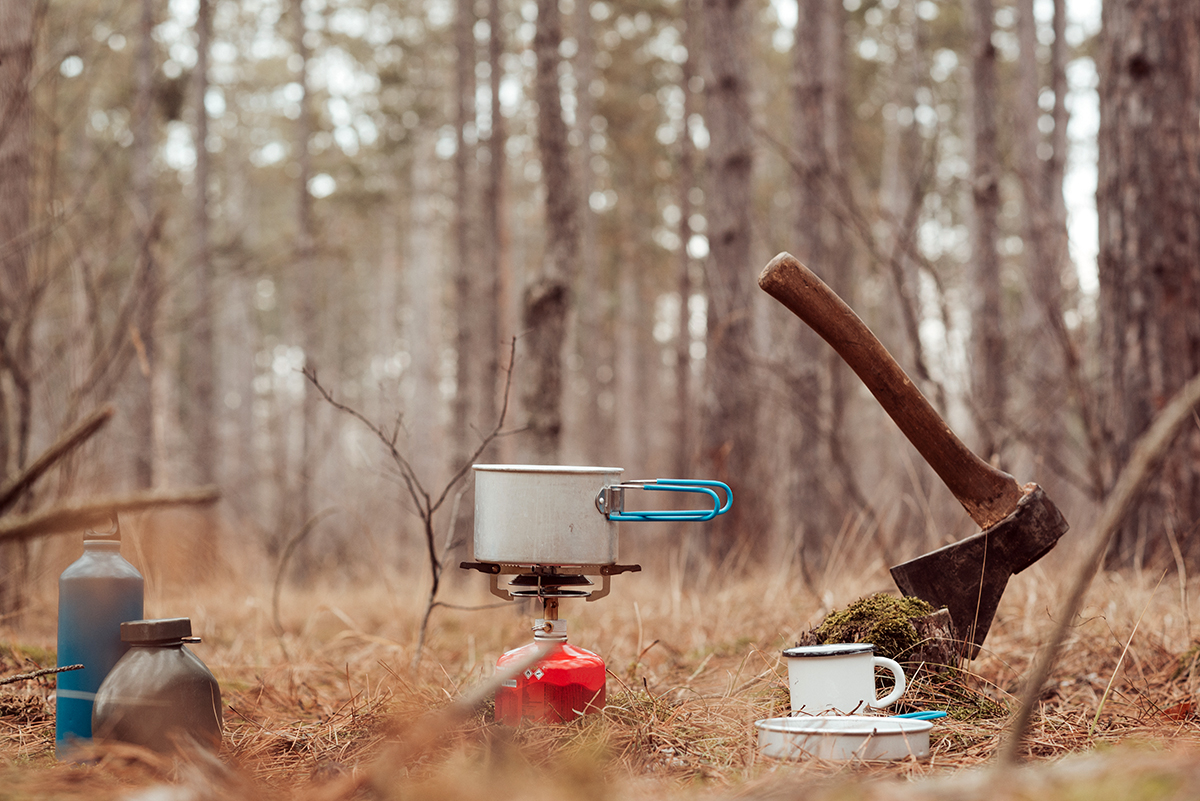Water is the essence of life. When you’re out on the trails, ensuring your body gets the hydration it needs is essential for its proper functioning. Hydration helps to lubricate your joints and eyes, flush out waste and toxins, facilitate digestion, and maintain healthy skin. And when you’re hiking, especially in warm or challenging conditions, staying properly hydrated becomes paramount.
Dehydration can be more than just uncomfortable; it can lead to a range of problems, including headaches, dizziness, fatigue, muscle cramps, confusion, and impaired judgment. In extreme cases, it can even result in severe conditions like heatstroke, kidney failure, or, in the worst-case scenario, death.
So, here are seven key tips to ensure you stay well-hydrated while hiking:
1. Carry Adequate Water
Yes, water can be heavy, but it’s non-negotiable. Your body cannot be trained to handle dehydration. Depriving it of this critical element for healthy functioning is not an option. Plan to carry enough water to last until you reach the next water source. The exact amount you need varies from person to person, but as a rule of thumb, aim for at least one liter for every two hours of hiking, using a bladder or water bottles. In hot or hilly terrain, where you’re exerting yourself more, you’ll require even more.
2. Stay Out of the Sun
Shielding yourself from the sun is not only essential for preventing sunburn but also for staying cooler and less sweaty. This, in turn, helps with maintaining hydration levels. Wear a wide-brimmed hat, cover up your body, seek shade whenever possible, and consider carrying an umbrella, especially if you’re exposed to the sun. Sunburn can exacerbate dehydration, so taking precautions against it is a win-win.
3. Top Up Whenever You Can
Begin your hiking day well-hydrated by consuming water before setting out. Replenish your water levels at the end of the day to make up for any loss during your hike. If your route takes you near a water source, take advantage of it and have a good drink while you’re there. This not only rehydrates you but also reduces the need to carry excessive water with you.
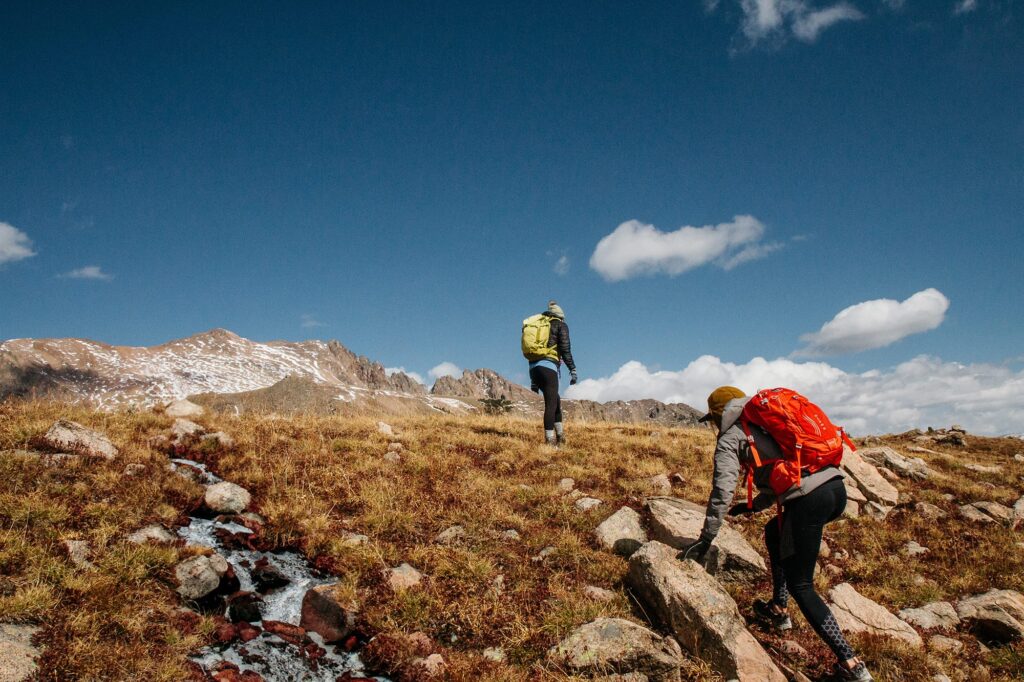
4. Optimal Drinking Habits
Feeling thirsty is your body’s signal that it needs water. Instead of drinking in large quantities at once, sip regularly. This applies not only to during your hike but also before and after. The body can only process a certain amount of water at a time, and small, frequent sips are more effective.
5. Choose the Right Fluids
While water is the go-to choice for hydration, other beverages like cordial, juice, or soft drinks are often high in carbohydrates and low in salt, which may not be ideal for hydration. Alcohol should be avoided as it acts as a diuretic, increasing urine output. Caffeine is also a diuretic, but beverages like coffee and tea still contribute positively to hydration because of their water content. Sports drinks offer electrolytes and carbohydrates, but they can be high in sugar. In situations where you’ve lost a lot of fluids, consider using electrolyte powders and tablets, as they contain sodium and potassium. Additionally, snacks with a bit of salt can also help maintain energy levels. If you prefer something fresh, fruits with high water content can provide an extra boost to your fluid intake.
6. Accessibility Matters
Keep your water easily accessible while hiking. You don’t want to be discouraged from drinking due to inconveniences like taking off your pack or struggling to reach your water bottle. Consider hydration reservoirs with a drinking tube for convenient sipping. If you prefer bottles, stash them in a pocket on the outside of your pack, ensuring easy access. To keep track of your water supply, carry a small emergency bottle in your pack as well. This way, if you run out unexpectedly, you’ll have an extra source at hand.
Conclusion
Remember, staying well-hydrated is vital for hikers, regardless of the weather conditions or the type of terrain you’re tackling. Be mindful of your hydration levels, especially if you’re at high altitudes or engaged in strenuous activities like vomiting or experiencing diarrhea, which can lead to increased fluid loss.
By following these tips, you’ll ensure that your body gets the water it needs to keep you safe, comfortable, and ready to conquer the trails.
